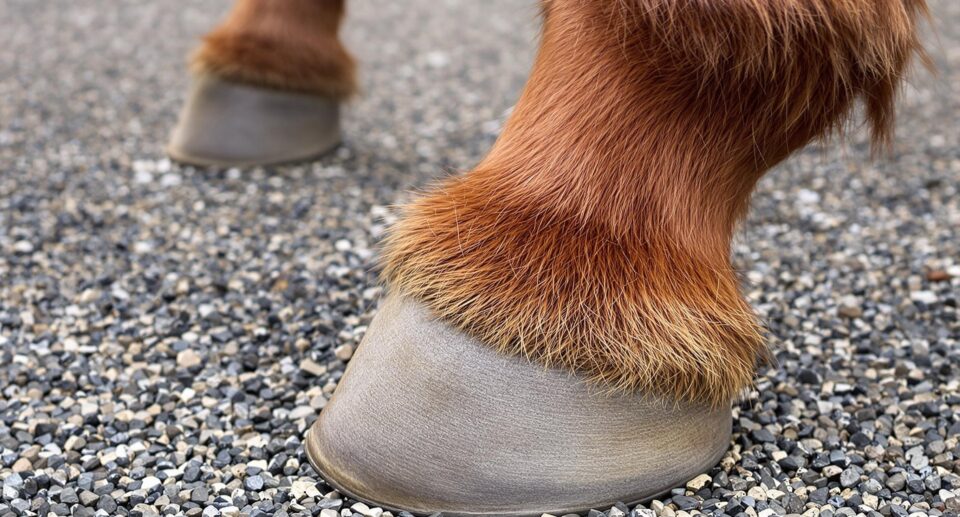Do Horses Get Diabetes? Demystifying Equine Metabolic Syndrome

If your horse is over five years old, overweight, and prone to laminitis, they might have equine metabolic syndrome (EMS). It’s a chronic condition comparable to Type II diabetes in humans. While EMS cannot be cured, it can be managed to help minimize symptoms and complications.
What Is Equine Metabolic Syndrome?
Equine metabolic syndrome affects horses in three main ways. They’re easy keepers and may be obese despite a healthy diet. Those that are not obese might have areas of fat accumulation on the back of their neck, on their ribs, and over their topline to their tail head.
Horses with EMS are prone to insulin resistance. They may overproduce insulin after a meal high in soluble carbohydrates, and their tissues may not respond properly to the insulin, allowing abnormally high levels of glucose to remain in the bloodstream, rather than enter cells to be utilized as energy.
The most debilitating aspect of EMS is how to predisposes horses to laminitis. Researchers still aren’t sure exactly why insulin resistance is linked to laminitis, but it may be related to the way high levels of insulin in the blood cause blood vessels in the hoof to constrict. Another theory is that high insulin levels interact with the way cells grow, weakening the connection between the coffin bone and the hoof wall.
Other symptoms including increased water drinking, increased urination, increased appetite, and infertility.
How Do Horses Get Equine Metabolic Syndrome?
Horses with EMS seem to have a genetic predisposition that once aided their survival in conditions with inadequate resources. While they once had the evolutionary advantage of maintaining their weight on fewer calories, easy keepers are now more likely to become obese and develop EMS.
How Is Equine Metabolic Syndrome Treated?
Most horses are diagnosed after several bouts of laminitis. Diagnostic testing consists of blood glucose checks and insulin resistance tests.
With treatment and dietary changes, horses with EMS can remain healthy and can be ridden so long as they are not experiencing a laminitis flare-up. However, damage to the coffin bone after severe bouts of laminitis may eventually lead to chronic lameness and, eventually, euthanasia.
Fortunately, there are many treatment options available to help you manage your horse’s EMS symptoms and prevent laminitis. Your vet may prescribe synthetic thyroid hormone replacements to aid weight loss, especially if your horse is unable to exercise due to laminitis. Insulin-sensitizing drugs can sometimes help reduce insulin resistance.
The primary way to manage EMS is through diet and exercise. A horse with EMS cannot tolerate sugars of any kind, including carbohydrates that convert to sugar, so grains are usually removed from the diet. Hay can be soaked to remove starch. Fresh spring grass also triggers insulin overproduction, so it may be necessary to muzzle the horse when they’re turned out. You can also ask your veterinarian about using herbal supplements like HEIRO Insulin Resistance.





